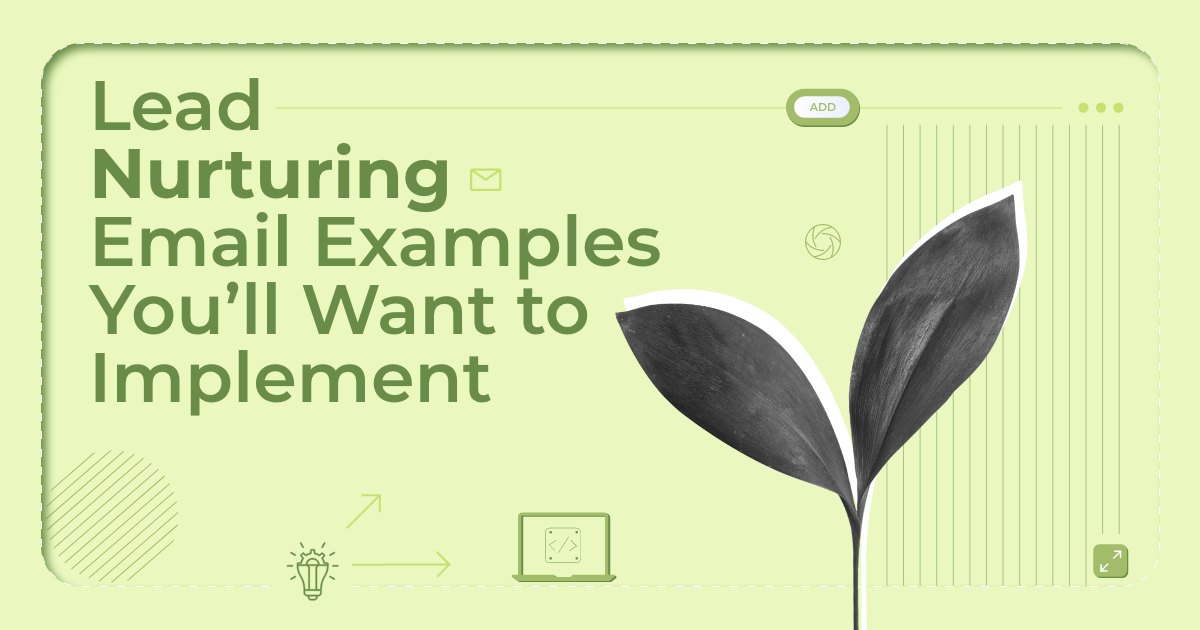
7 Educational Email Examples to Engage Your Audience in 2025
Consumers are overwhelmed by the volume of information online. Blogs, video tutorials, and influencer reviews contribute to the Fear of a Better Option (FOBO), making it hard to decide which product or service suits their needs.
Instead of leaving them alone in this endless ocean of information and risking putting your brand in the shade, get alongside them and give them a break.
Educational emails serve that purpose. Rather than contacting your target audience with sales-only campaigns, use this channel to dive deep into what your products or services offer and provide subscribers with tips to make the most out of their purchases.
In this guide, you’ll learn how to craft these emails and explore real educational email examples that inspire readers.
Engage your audience with valuable content
Create emails that educate and delight using ready-made templates.
Start freeWhat Is an Educational Email?
Educational campaigns provide valuable information to recipients, teaching them about a product, service, or process. For example, many e-commerce businesses use quick guides to educate their audience on how to use products appropriately to increase customer acquisition and retention.
Think of a skincare brand: they could send an email campaign with a video tutorial showcasing products to help customers achieve a specific look. Or a software business might share a beginner’s guide on how to set up their platform for success.
Keep in mind that some of these emails, especially those targeting existing customers, can follow a zero-click newsletter philosophy. They don’t aim to increase clicks or get immediate conversions but rather serve broader customer loyalty and retention initiatives.
Why You Should Send Educational Emails to Your Audience
Unlike sales emails that have a clear revenue goal, educational emails can align with different marketing objectives based on subscribers’ customer journey stage. Here are some of their key benefits:
- Build trust: By providing clear information to prospects and customers, you position your brand as a trusted expert with a customer-centric approach, not just a seller.
- Shorten the sales cycle: When you address prospects’ common concerns and questions, educational emails can help convert them into customers faster.
- Boost customer engagement: Recipients who regularly receive valuable content from a brand can boost open and click-through rates, which in turn improves overall deliverability.
- Limit support costs: Sharing educational content that explains important processes and addresses frequently asked questions can decrease support tickets and customer dissatisfaction.
To reap all these benefits, email marketing platforms like Moosend and Constant Contact provide tools to help you create and send educational emails. For instance, their drag-and-drop design editors help create simple how-to emails, and premade templates work well for product tips or feature updates.
Plus, personalization makes it easy to address customer needs, and automation workflows can send onboarding or follow-up guides.
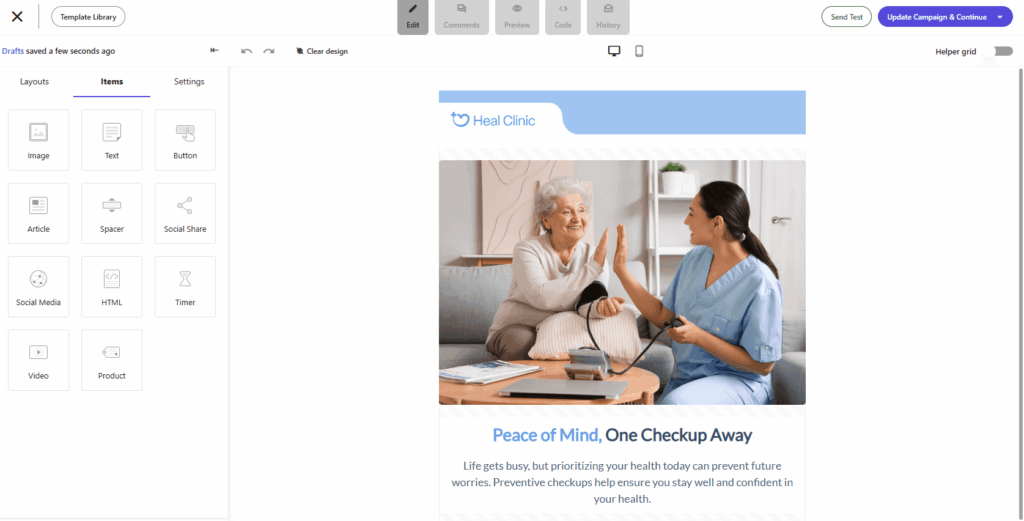
Best Educational Email Examples & Why They Work
Not all educational emails have the same intent. In this section, we’ll show you different examples from notable brands to help you find what works best for you.
1. Verb
Verb is a brand specialized in caffeinated energy bars. This email explains how their products can support gut health and tackle inflammation, targeting health-conscious recipients.
Subject line: ☀️ Feel better. Live longer. Fuel your best life.

Why it works:
- The data in the “Did you know” section supports the importance of taking active measures to support gut health.
- They explain how each ingredient contributes to overall health to gain consumers’ trust and convince them to try the products.
- The subject line entices readers to open the email and discover the secret to living their best lives.
- The call-to-action buttons are organically placed into the email design, allowing the educational content to shine.
2. Moosend
At Moosend, we created an email series during the Mental Health Awareness month with tips for marketers who want to take active measures against email fatigue. Here’s the first email of the sequence.
Subject line: 😟 Are Your Emails Adding to Inbox Fatigue?
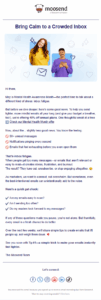
Why it works:
- The worried-faced emoji and direct question in the subject line create curiosity for recipients who are sensitive to email fatigue.
- The headline immediately focuses on the main topic, followed by an image that visualizes happy customers.
- The email content is clearly structured, enhancing readability through bullet points and bolded keywords.
- The email announces the next topic in the series to create anticipation.
3. Google
Google sent an education email with back-to-school features to help families transition more smoothly to the new season.
Subject line: Tackle back-to-school season with Google

Why it works:
- The subject line clearly states the email’s topic, leaving no room for confusion.
- The copy is written in actionable language, emphasizing benefits to motivate parents to try out the features.
- The animated family daily scenes add a creative touch, showing bonding moments in otherwise busy lives to emotionally engage recipients.
- The brief questionnaire above the footer helps marketers collect valuable feedback regarding the email content.
4. Zoom
This educational email example from Zoom shows users how to optimize team collaboration through the platform’s advanced features.
Subject line: This is how you work collaboratively with Zoom.

Why it works:
- The high-quality image at the top showcases a snapshot of effective team collaboration to attract interested users.
- Zoom shared a brief description of each feature, linking to resources for people who want to learn more.
- Recipients can follow the brand on social media to stay in touch through multiple channels, fostering an omnichannel marketing experience.
5. YNAB
YNAB gave their welcome email an educational tone, which helps set expectations for new users.
Subject line: Welcome to YNAB!
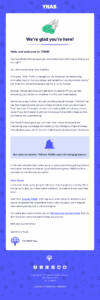
Why it works:
- The email copy is written in a conversational tone to create a sense of familiarity.
- The content explains how the app can help users financially and where it can’t contribute, setting clear expectations.
- The user is notified about the next steps and is provided with useful links to help them prepare for success.
6. Casper
Instead of sending a typical promotional email to boost open rates and conversions, Casper sent an educational email with relevant blog content to nurture its recipients.
Subject line: Struggling to get shut-eye? 😴

Why it works:
- The email header informs recipients about a special offer, adding a sense of urgency to boost sales.
- The shared resources emphasize the importance of high-quality sleep for our daily lives, including tips on how to choose the right mattress to facilitate it.
- They provided the option to receive communications via text for recipients who spend less time in their inboxes or who simply prefer SMS updates.
7. Buoy
Buoy found a clever way to merge two channels into one, creating an effective email example that addresses common consumer concerns.
Subject line: Nothing is off limits

Why it works:
- They collected the most frequently asked questions from TikTok, providing sufficient answers to reassure both prospective and current customers.
- They chose a diverse set of questions and included the headshots of the TikTok users who submitted them, making the email marketing campaign more interactive.
- The “Shop Now” CTA buttons help convince consumers to visit the website and check out faster.
Educational Email Best Practices
What does an educational email need to be impactful? First and foremost, it should rely on a well-crafted email marketing strategy.
1. Write a captivating subject line
As shown in the educational email examples above, subject lines should introduce the email content in a direct way. This helps motivate highly interested recipients to open and engage with the email. Keep subject lines between 20 to 40 characters to ensure readability on all devices.
Instead of writing abstract copy to spark creative thinking, opt for more direct and descriptive subject lines. Use emojis, questions, and storytelling twists to make them more engaging. For example, Casper’s subject line, “Struggling to get shut-eye? 😴,” is a great example of this.
If you’re struggling to find the best email subject line for your campaign, consider using an AI writer for brainstorming or conducting A/B testing to find the version that appeals most to your audience.
2. Design compelling emails that stand out
What makes an educational email design hard to ignore? First, stick to your brand’s style by using colors, fonts, and imagery that align with the rest of your channels to maintain consistency.
Create an easily readable campaign that limits unnecessary distractions. Use visuals wisely and avoid noisy emails that could push readers away. Consider using generous white space to guide the reader’s eye and make your content feel less overwhelming.
Thankfully, most email newsletter and design services offer ready-made templates suitable for educational campaigns. These are easy to customize for your brand and ensure a stellar user experience.
Additionally, you can make your emails more engaging by adding GIFs or videos. Just ensure that important information is placed above the fold and is accessible without scrolling.
3. Provide leading, valuable content
Before crafting educational emails, it’s important to have a specific goal in mind and align it with the customer’s journey stage to boost engagement rates.
But to deliver great educational content, one tactic is non-negotiable: stepping into your recipients’ shoes. By truly understanding your audience, you can create a personalized experience that feels like a conversation, not a broadcast. To discover the best educational content to share, think about their pain points, interests, habits, and needs.
Usually, these criteria vary across the funnel. For example, a VIP customer might be interested in thought leadership resources, while a new user might look for onboarding content.
Then, consider the best way to deliver it. Is it an infographic, a quiz, or a block of text linking to your blog? You can experiment with different formats and find what works best for your readers and brand by analyzing data like click-through rates or heatmaps.
4. Engage readers with interactive elements
Adding interactive elements to your educational emails can be really impactful. Quizzes, polls, or “Did you know?” snippets make the content more engaging and helps ensure readers aren’t just passively reading.
Let’s say that you have a beauty brand and you want to introduce your new skincare line to your email contacts. Instead of just listing the products, prepare a quiz to help them find the best solution based on their needs to increase engagement.
If you lack the tech resources needed to craft interactive emails, resort to simpler options. Videos, infographics, and GIFs can still work wonders, if the content is seamless and relevant.
5. Personalize your educational email content
While many brands send educational emails in bulk, personalization can turn them into valuable engagement assets. One popular way to create targeted emails is through list segmentation.
This technique lets you divide your email list into subgroups based on shared characteristics, such as demographics or behavioral data. This ensures that every email feels relevant and tailored to the recipient’s specific needs, which is key to building trust.
For example, you could create different educational experiences for frequent buyers compared to people who haven’t converted yet. You can send access to free online courses to the first and a list of articles to the latter.
To take personalization a step further, add the recipient’s name to the subject line or within the email content to create a personal tone. You can also use dynamic blocks to present diverse content based on your chosen criteria.
6. Create automated email series
Instead of sending standalone educational emails, you can also set up automated follow-ups to provide an optimal experience. For example, if someone downloads an e-book, you can create a triggered email with relevant content to nurture them further.
All you need is an email marketing tool with user-friendly automation capabilities. Many platforms offer pre-made workflows to save you time. Customize them using “if-then” logic based on your needs. Select your criteria and triggers to create workflows that make sense to your audience.
Another great idea is to send educational materials to customers who have purchased a specific product online to elevate their experience. You can create many success stories through automation, as long as you’re attuned to your audience’s needs.
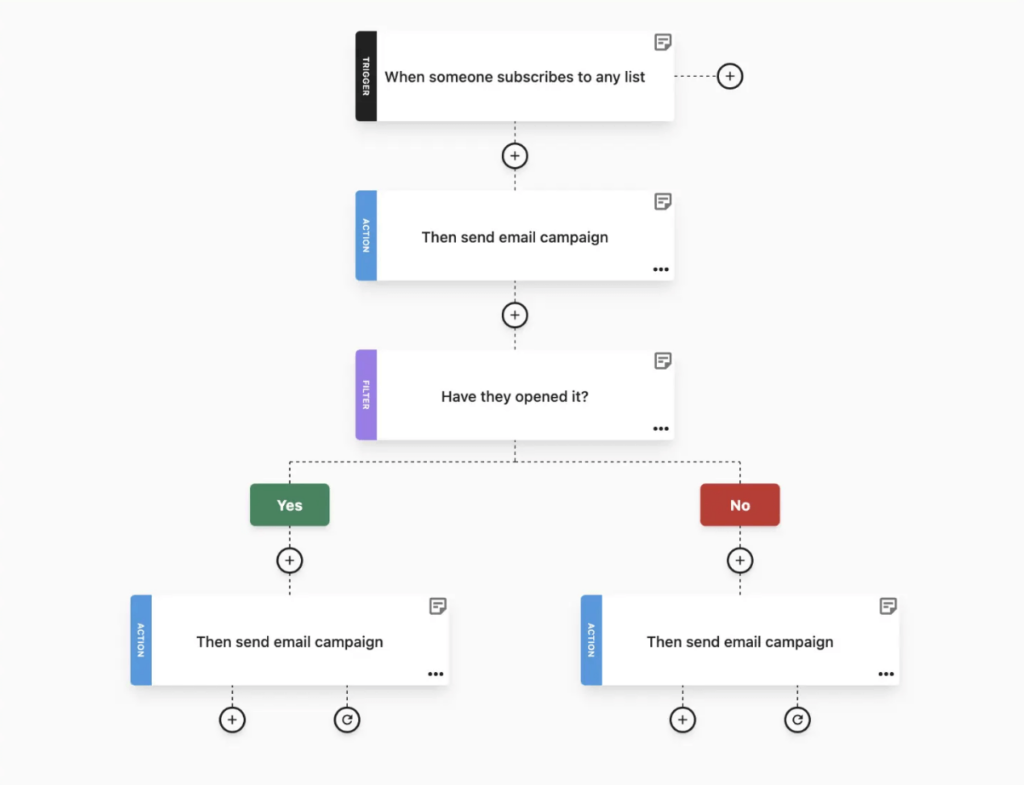
Move Beyond Urgency and Salesy Tricks
Educational emails are a powerful tool for building strong, lasting relationships with your audience. By providing valuable content that moves beyond sales pitches, you can establish your brand as a trusted resource, increase engagement, and drive customer loyalty.
Start thinking about your customers’ needs first, and you’ll find that educating them is the most effective way to earn their loyalty and satisfaction. Move beyond the transaction and create a connection.
FAQs
Let’s see some of the most frequently asked questions regarding educational emails.
1. How can you create effective educational emails?
Think about the types of educational content your recipients would value based on their pain points and needs. Then, design a compelling email structure and deliver it in a suitable format, such as an infographic, to make it digestible and inspiring.
2. What are the best CTAs for educational emails?
Educational emails usually have more generic call-to-actions, inviting readers to “Learn More” or “Explore More.” Additionally, zero-click newsletters don’t necessarily have CTAs, as all the information is contained within the email itself.
3. Are educational emails suitable only for the education sector?
Many people confuse educational campaigns with the emails sent by schools and higher education institutions. While there can be a correlation, the term “educational” defines the nurturing, non-salesy emails delivered in all industries.
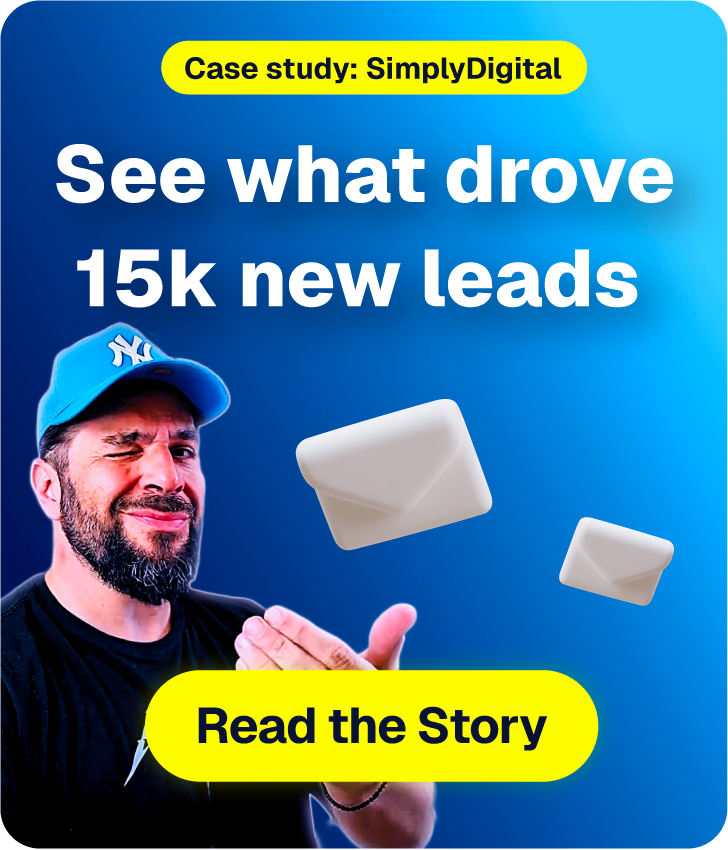
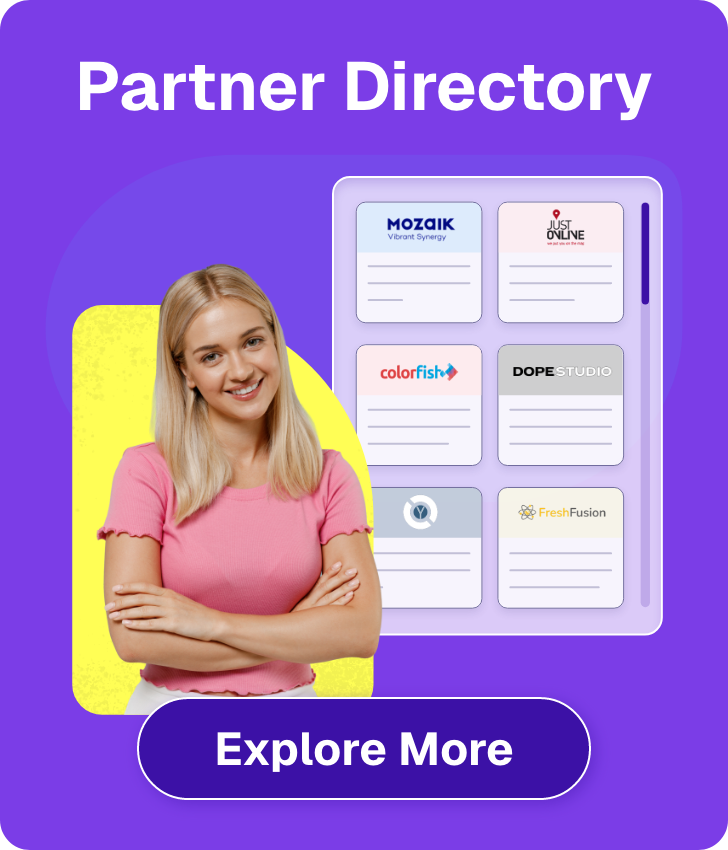

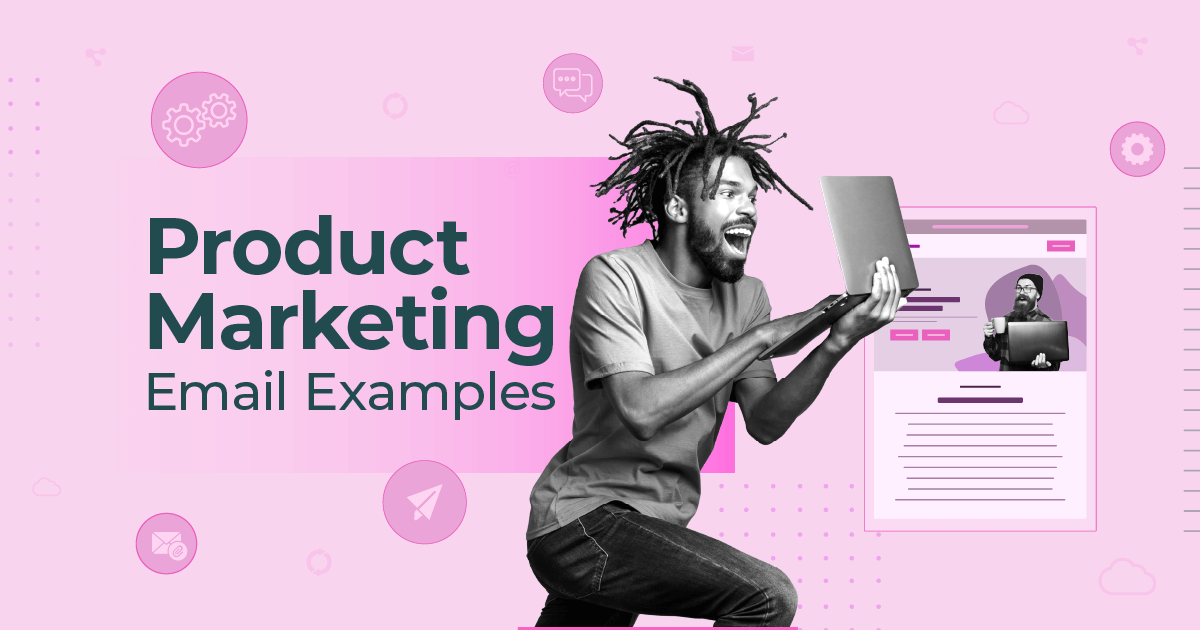
 Published by
Published by
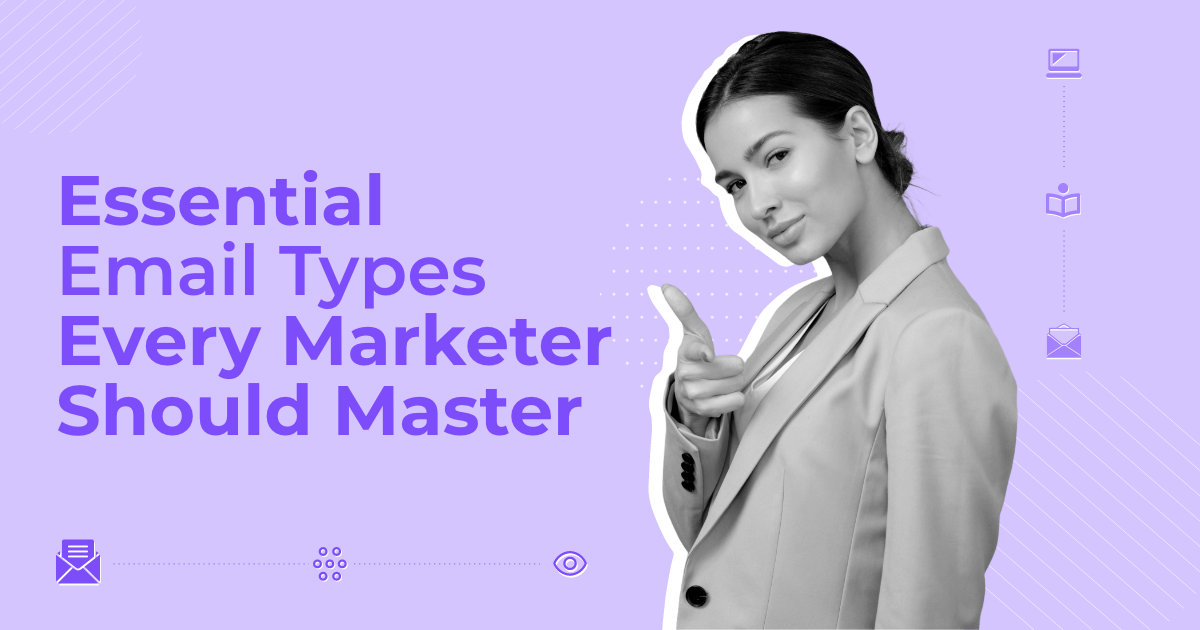
 Published by
Published by
